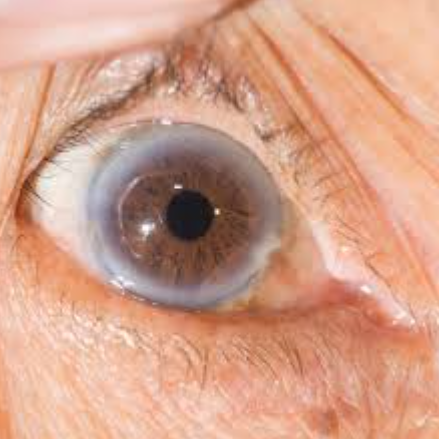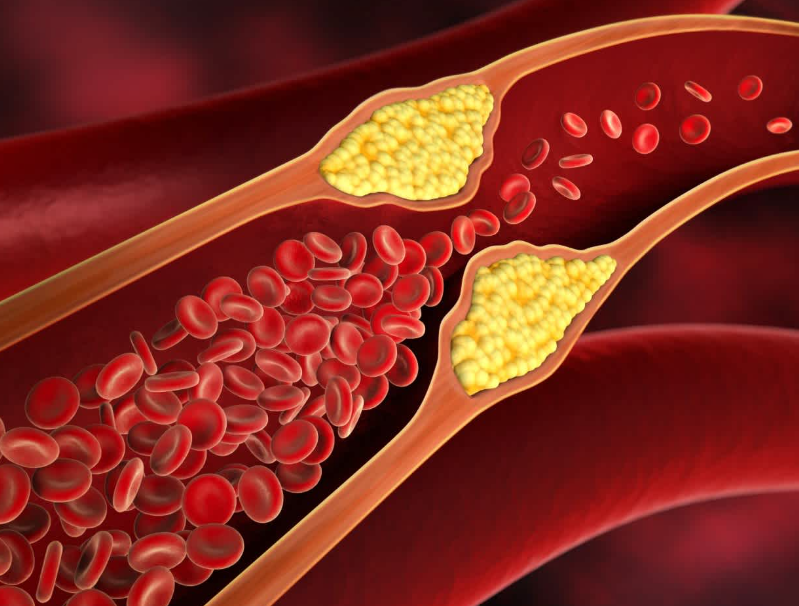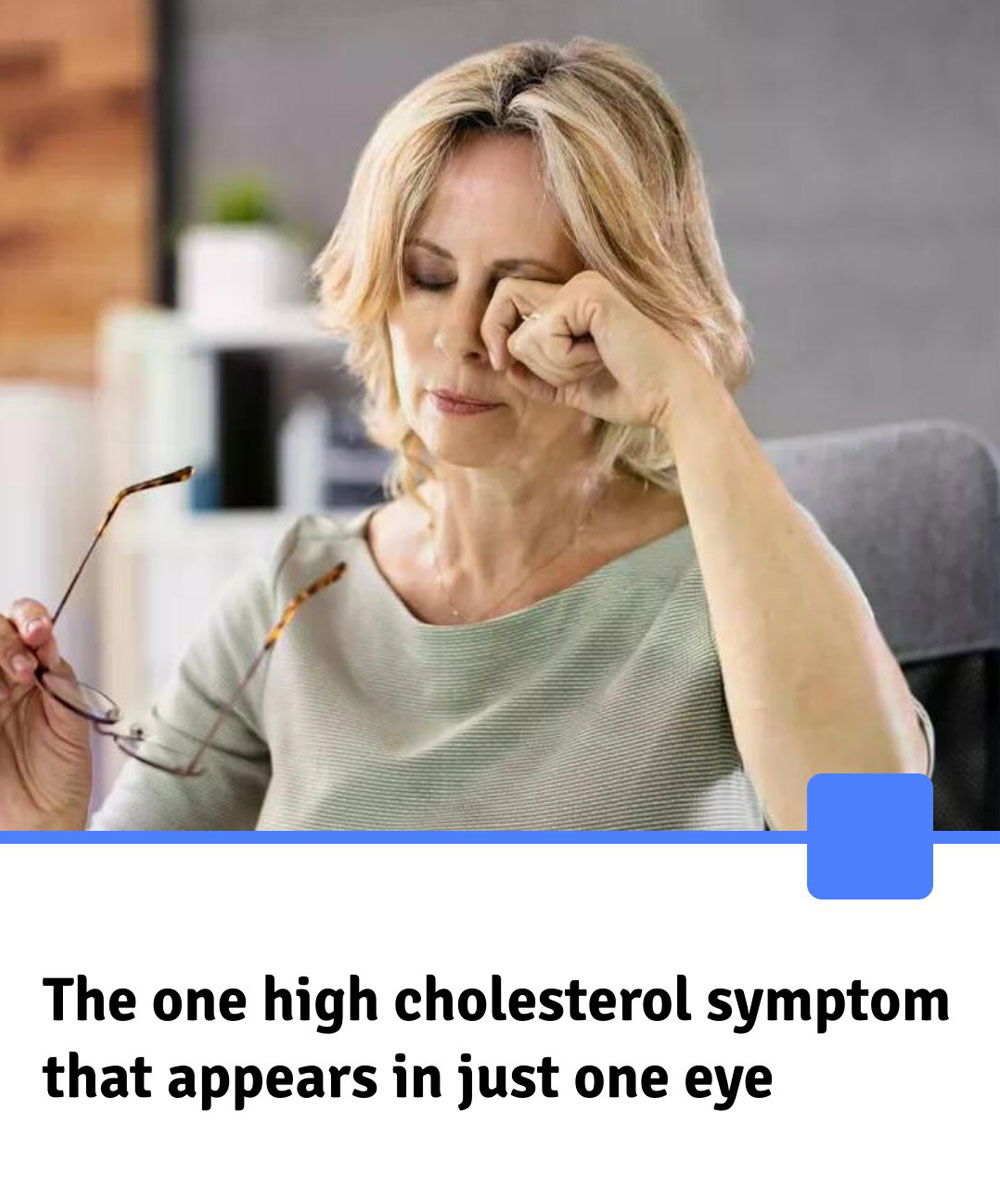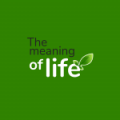High cholesterol can sometimes lead to a distinct symptom in one eye
A lesser-known sign of high cholesterol could manifest in the eye, signalling an excess of cholesterol in the bloodstream and a heightened risk of heart attacks and strokes.
Approximately two out of five individuals in the UK are living with high cholesterol, a “silent k.iller” that can cause arteries to become hard and narrow, restricting blood flow. As a significant risk factor for various medical emergencies and diseases, high cholesterol often goes unnoticed without symptoms, posing a hidden threat.
However, in some instances, it may cause a noticeable symptom in one eye. The Cleveland Clinic has pointed out that high cholesterol might lead to retinal vein occlusion (RVO), marked by “painless” blurring or vision loss in one eye. This happens when a blood clot blocks the vein, sometimes as a result of the eye’s veins being too constricted, reports the Express.

The clinic shows that RVO is more common among people with diabetes and potentially those with high blood pressure, elevated cholesterol levels, or other health conditions that impair blood circulation.
Symptoms of RVO can vary from mild to highly apparent. The clinic states: “There is painless blurring or loss of vision. It almost always happens in just one eye.” At first, the blurring or vision loss may be minor but often deteriorates over hours or days. In some cases, there might be an immediate and total loss of vision.
Doctors can’t unblock retinal veins, however, they can address some of the associated health issues. The clinic affirms: “Vision may come back in some eyes that have had a retinal vein occlusion.”
About one third of patients might see some vision improvement, another third may experience no change, and the last third can see gradual recovery. Nevertheless, determining the ultimate outcome can often exceed a year. There are several potential treatments available, including anti-vascular endothelial growth factor drugs, focal laser treatment, and pan-retinal photocoagulation therapy.

Additionally, there are a couple of less common signs of high cholesterol that may impact the eyes. Corneal arcus is visible as a grey or white arc across the eye, appearing just above and below the outer edge of the cornea. Cardiologist Francisco Lopez-Jimenez from Mayo Clinic comments: “Eventually, the arc may become a complete ring around the iris. The iris is the coloured portion of the eye.”
In addition, he points out that while this condition doesn’t interfere with vision or necessitate medical intervention, the presence of such markings should be an incentive for a GP consultation. Xanthelasmas present as benign yellowish formations that can appear on or near the eyelids’ corners closest to the nose. Representing cholesterol accumulation under the skin, they form these xanthelasmas, notes Cleveland Clinic.
If you’re worried about your cholesterol levels, it’s best to seek advice from a GP.
















